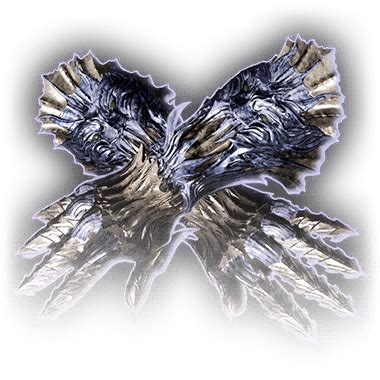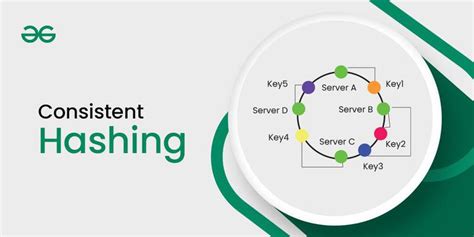How to smash through strength plateaus for continuous peak performance gains?

Understanding the Strength Plateau
Every dedicated lifter encounters the dreaded strength plateau. It’s that frustrating period when your progress grinds to a halt, the weights feel heavier than ever, and your personal bests seem like distant memories. Far from being a sign of failure, a plateau is often a natural signal that your body has adapted to your current training stimulus. To move beyond it, you need to introduce new challenges and intelligently adjust your approach.
Recognizing the signs of a plateau is the first step. Are you failing to increase your lifts for several weeks? Do you feel consistently fatigued or unmotivated in the gym? These could indicate you’ve hit a wall. But don’t despair; with the right strategies, you can not only break through these barriers but also set the stage for even greater gains.

Reassess Your Foundations: The Non-Negotiables
Before diving into complex training protocols, a thorough review of your fundamental habits is crucial. Oftentimes, plateaus are a result of overlooked basics:
- Nutrition: Are you consuming enough calories, protein, carbohydrates, and healthy fats to support muscle repair and growth? A caloric deficit, while useful for fat loss, will inevitably hinder strength progression. Ensure adequate hydration as well.
- Sleep: Quality sleep is when your body repairs and rebuilds. Aim for 7-9 hours of uninterrupted sleep per night. Poor sleep can dramatically impair recovery and performance.
- Form & Technique: Sloppy form not only increases injury risk but also reduces the effectiveness of your lifts. Video yourself and identify any weaknesses or compensations. Prioritize perfect execution over simply moving more weight.
- Stress Management: Chronic stress, whether physical or mental, can elevate cortisol levels, negatively impacting recovery and muscle gain. Incorporate stress-reducing activities into your routine.
Strategic Training Adjustments to Break Through
1. Implement Progressive Overload in New Ways
Progressive overload isn’t just about adding more weight. When that stops working, explore other dimensions:
- Increase Reps: If you’re stuck at a certain weight for 5 reps, try to hit 6 or 7.
- Increase Sets: Add an extra working set to your key lifts.
- Decrease Rest Times: Gradually shorten rest periods between sets to increase metabolic stress and work capacity.
- Increase Time Under Tension (TUT): Slow down the eccentric (lowering) phase of your lifts to recruit more muscle fibers and create greater stimulus.
- Improve Exercise Technique: As mentioned, better form can allow you to lift more effectively and safely.

2. Periodization and Deloads
Structured training cycles (periodization) prevent adaptation and ensure continuous progress. This involves varying intensity, volume, and exercise selection over time. A common approach is:
- Accumulation Phase: Higher volume, moderate intensity.
- Intensification Phase: Lower volume, higher intensity.
- Deload Phase: A planned reduction in training volume and/or intensity (typically 50-70% of usual) for 1-2 weeks. This allows your central nervous system and muscles to fully recover, often leading to significant strength jumps upon returning to heavier training. Don’t skip these; they are crucial for long-term progress.
3. Incorporate New Training Methodologies
Shock your body with different stimuli:
- Drop Sets: Perform a set to failure, immediately drop the weight by 20-30%, and continue for more reps.
- Supersets/Giant Sets: Pair exercises with minimal rest to increase density and metabolic stress.
- Partial Reps: Safely train beyond your sticking point with heavier weights, building confidence and strength in a specific range of motion.
- Isometrics: Holding a weight at a specific point for a duration can build immense strength in that position.
- Unilateral Training: Focus on single-limb exercises (e.g., single-arm rows, lunges) to address muscular imbalances and improve stability.

4. Exercise Variation and Rotation
While sticking to core lifts is important, constantly using the exact same exercises can lead to specific muscular adaptations that plateau. Introduce variations:
- Bench Press Variations: Incline bench, close-grip bench, dumbbell bench, floor press.
- Squat Variations: Front squats, pause squats, box squats, goblet squats.
- Deadlift Variations: Sumo deadlifts, Romanian deadlifts, deficit deadlifts, trap bar deadlifts.
These variations target muscles slightly differently, reinforcing movement patterns and breaking through sticking points in your primary lifts.

The Mental Game and Consistency
Strength gains are as much mental as they are physical. A positive mindset, belief in your ability to improve, and unwavering consistency are paramount. Track your progress meticulously in a training journal. Seeing objective data of your lifts, reps, and sets over time can be incredibly motivating and help identify patterns.
Remember, continuous peak performance isn’t about constant linear progression, but rather about consistent effort, smart adjustments, and patience. Embrace the plateaus as opportunities to learn more about your body and refine your approach. By strategically applying these methods, you’ll not only smash through your current strength barriers but also build a robust framework for sustained growth and an injury-free training career.






